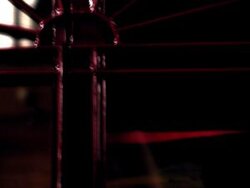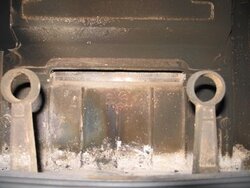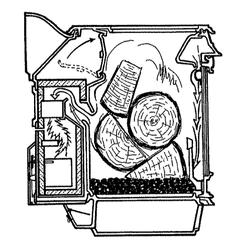We did the dollar bill test on our stove and the seal was very good between the two front doors - however, there was not as much resistance on the right door on the top and virtually no resistance on the bottom of the left door.
Is there any way to fix this or am I being too paranoid?
Is there any way to fix this or am I being too paranoid?




